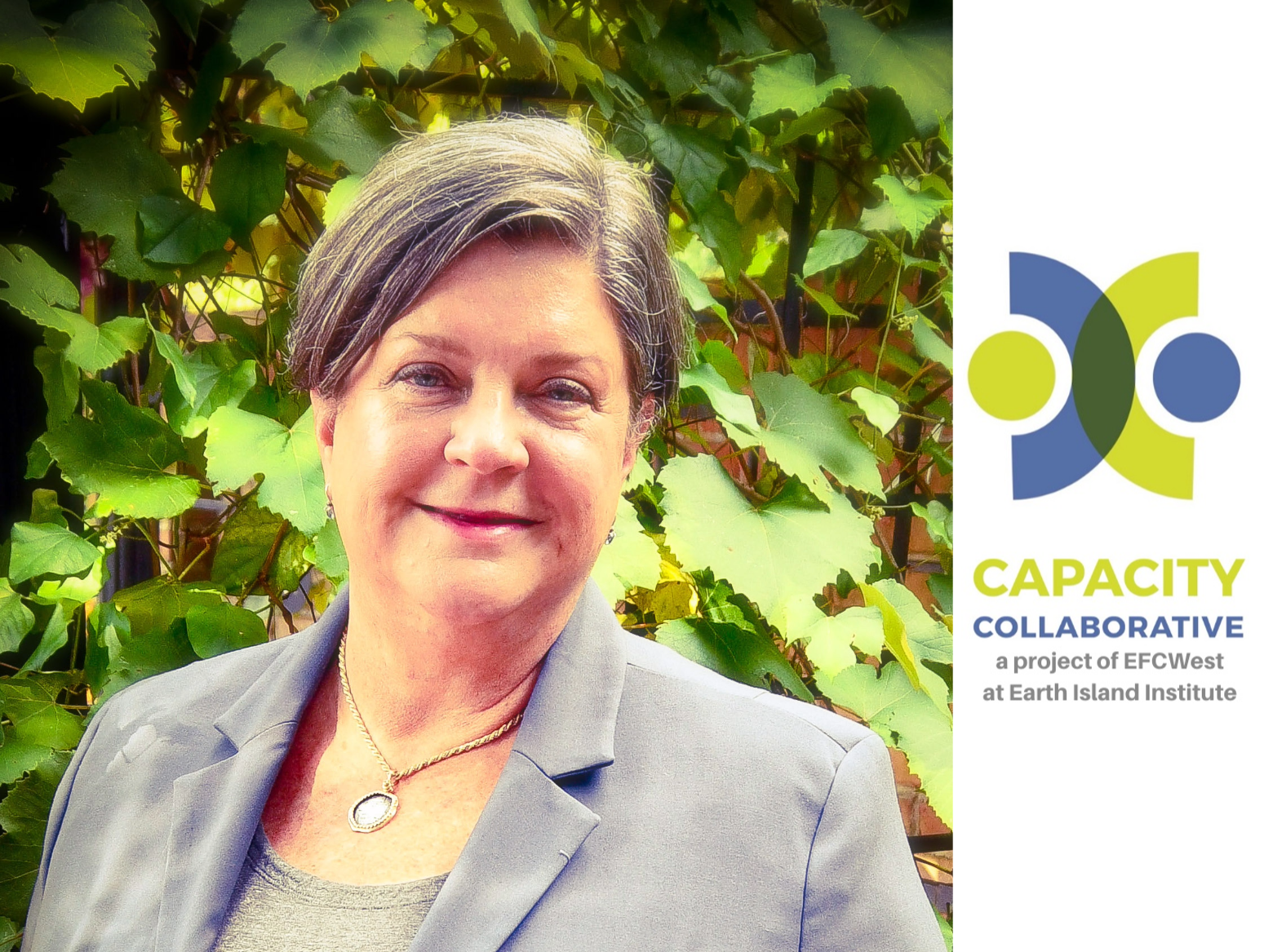
The Capacity Collaborative, a non-profit built around bolstering resilience in rural communities in the Southeastern United States, is one of four AGU Thriving Earth Exchange Community Science Hubs. Thanks to support from the Gordon and Betty Moore Foundation, each hub is receiving $50,000 a year for two years to launch and support community science projects.
Letting communities lead the way
Formerly known as EFC West, Capacity Collaborative was founded with a goal of helping rural Southern communities facing environmental injustices access federal funding opportunities. The organization, which is fiscally sponsored by Earth Island Institute, holds a firm belief that communities can drive their own change with the right tools and connections.

“Community members and community leaders understand their needs and goals but may not have the tools or the science connection to easily achieve them,” said Kathleen Kirkpatrick, a senior associate at the Capacity Collaborative and coordinator for the organization’s Community Science Hub activities. “Thriving Earth Exchange helps the community take the lead. With facilitation from a fellow or project manager and guidance and direction from leaders like me, it is possible to design a strong project that can be accomplished in a reasonable amount of time while using good science.”
Tools for thinking strategically
Many of the communities Kirkpatrick works with are dealing with complex issues and cumulative impacts from multiple environmental problems such as air quality, water quality and soil contamination. While facing multiple interlinked environmental challenges can be overwhelming for communities, the community science model provides a structured approach for using science to understand and prioritize community goals.
“These hub projects are a great way to help small communities get better organized and think about proposals they might submit for larger funding awards,” said Kirkpatrick. “It also gets community members to think more closely and scientifically about their long-term goals.”
Projects making progress

Map of the State of Alabama indicating the location of the three projects discussed.
Several projects are already underway as part of the Capacity Collaborative’s Hub activities. One project involves the community surrounding the Moody Unauthorized Dump Site (MUDS) in Trussville, Alabama. This dump has been smoldering for years, creating persistent air quality hazards and chronic health concerns. The community wants to carry out an independent air quality monitoring program to detect harmful chemicals released from the site. This and other data collected through the project will contribute to a comprehensive assessment of the environmental dangers linked to MUDS, representing a step toward extinguishing the fire and enabling residents to feel secure in and around their homes.
“As an advocate, I’m hoping that this project will also help unify the community and give them the information they need to get something done about the burning dump and prevent this from happening elsewhere in Alabama,” said Kirkpatrick.
The Capacity Collaborative is also working with the Dynamite Hill-Smithfield Community Group in Birmingham, Alabama. They want to establish a community land trust in the area known as Dynamite Hill, which received this name due to its tragic history as a target of violent bombings by white supremacists. The community is concerned about the desecration of an African American graveyard and plans to develop community gardens and essential housing together with a trail connectivity project to restore the cemetery with an environmentally sustainable design and historical interpretation. Recently, they’ve connected with a knowledgeable land use planner to refine their initiatives while emphasizing the importance of honoring both environmental and civil rights legacies in their development plans.

Another project is taking place in Camp Hill, a rural community in Alabama, which has a high debt for drinking water service due to leaks in the aging infrastructure, creating a cycle of “whack-a-mole” repairs. To address this, the community is working to recruit professionals to map and maintain the water and wastewater systems. This information would help them be proactive with maintenance and secure funding for future repairs that would take the burden off residents. The hope is that this work will help build resilience against climate change impacts and avoid disruptions such as school closures due to water supply issues.
“I am an advocate for rural communities and rural resilience and sustainability,” said Kirkpatrick. “Large, more urbanized communities tend to get more attention because there are more people in those areas. But as a child of the South, I know that these little rural communities can thrive with the right support.”
Other projects that are part of this community science hub can be viewed at: https://thrivingearthexchange.org/projects/?project_org=capacity-collaborative
